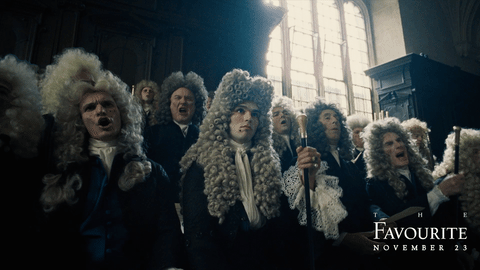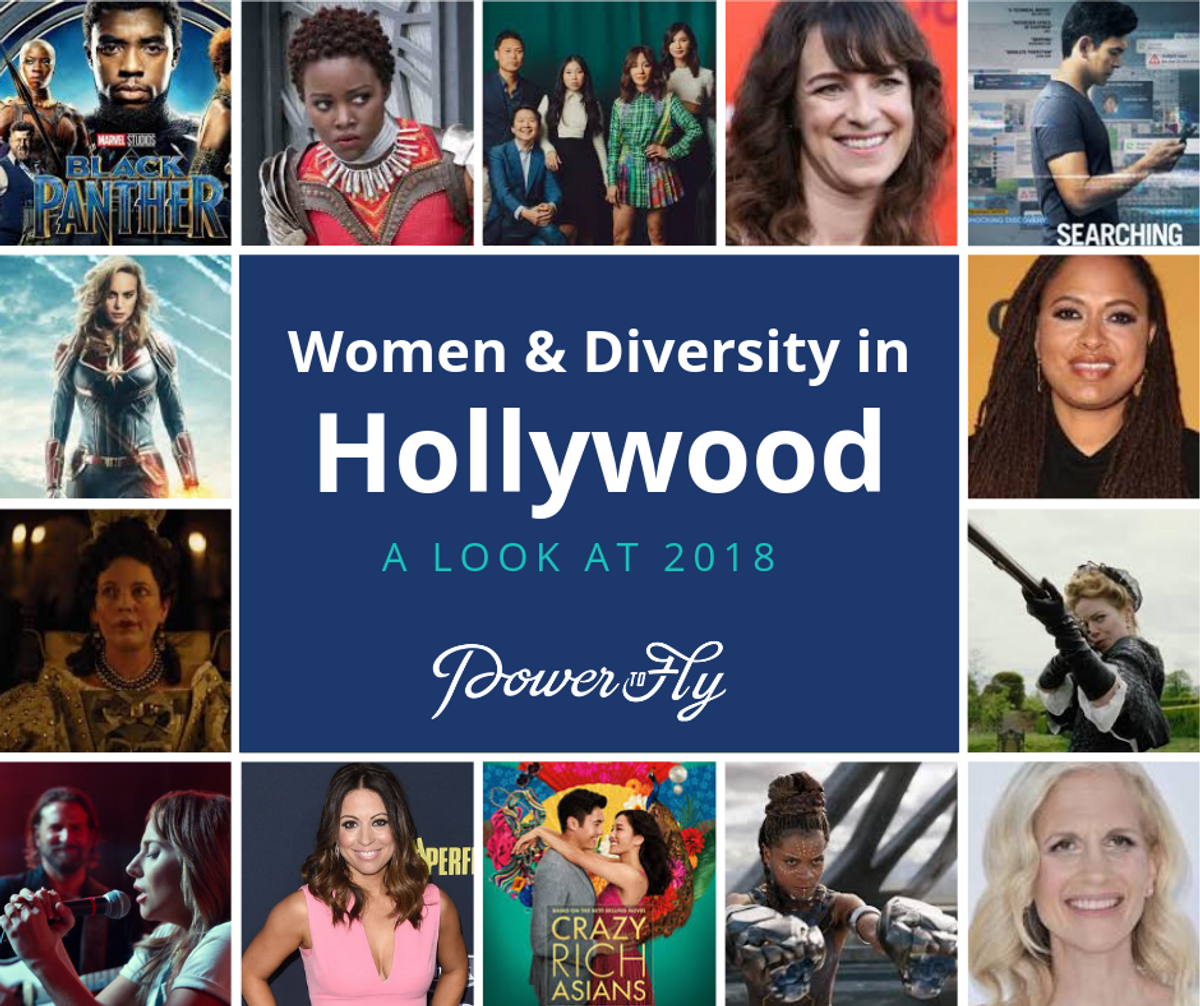2018 was a banner year for women in politics, with more first-time congresswomen elected than ever before and the most women in Congress ever. Unfortunately, in spite of #MeToo and Time's Up, it wasn't a similarly good year for women in Hollywood. A study by the USC Annenberg Inclusion Initiative shows that women actually directed less films in 2018 than they did in 2017.
Authored by the Initiative's founder/director, Dr. Stacy L. Smith, the study analyzed the 1,200 highest-grossing films released between 2007 and 2018. Looking at 2018 specifically, Dr. Smith reports that a whopping 108 of the 112 directors responsible for the year's 100 top-grossing films were men. The only four women filmmakers to make the list were Ava DuVernay (A Wrinkle in Time), Kay Cannon (Blockers), Abby Kohn (I Feel Pretty), and Susanna Fogel (The Spy Who Dumped Me).
Other behind the camera roles fared little better when it came to gender diversity. While 18% of the top 300 movies of the last three years were produced by women, only 1.6% of those producers were women of color. The jobs of cinematographers (97%), editors (84.5%), production designers (81.7%), and composers (97.7%) were all predominantly held by men. On the corporate level, only 17.3% of film executives are women.
These results are perhaps all the more startling because 2018 was a year in film very much defined by an expansion in diversity. The very same study shows that "fourteen percent of the directors of the top 100 movies last year were black." 14% might sound small, but it's a 270% increase compared to the previous year! (Which just goes to show the extent of Hollywood's diversity problem.)
2018 Diversity Highlights
At times, the 2018 silver screen was more rainbow than ever before. Black Panther (which I wrote about here) surpassed $1 billion at the global box office.
Crazy Rich Asians and Searching placed Asian-American leads in the foreground with the former grossing $238.5 million dollars (from a $30 million budget).
As for the depiction of women on screen, Lady Gaga's Ally Maine rose from the shadow of her male counterpart in A Star is Born. And critical favorite The Favourite (written by Deborah Davis and Tony McNamara) centers around the complicated relationship of three intelligent women fighting for control of wartime England while the men race ducks and compare wigs. Are these examples of inclusion outliers or the beginning of a new norm?

Change on the Horizon
2019 is not without hope. Change often begins at the top and Dr. Smith reported an 18.8% increase for 2018 in female representation on the boards of the seven largest film companies. Also, film development is a long and arduous process and most of 2018's releases would have been in development for years, when the cultural impact of #MeToo and Times's Up were only a distant hope. The full effects of the larger cultural shift may not be seen until this year or next.
That said, in March of this year, Disney/Marvel will introduce Carol Danvers, aka Captain Marvel, to the Marvel Cinematic Universe (and multiplexes everywhere). Marvel's first female-led superhero film, the Brie Larson vehicle is co-directed by a woman and features a writing team that is majority women. While it's months before Captain Marvel will officially open, on its first day of advanced sales, online ticket hub Fandango ranked it the third best-selling Marvel movie ever behind ...you guessed it, Black Panther.
Perhaps Captain Marvel truly will be able to break Hollywood's glass ceiling. After all, she can fly.




